How We Got Here
Since 2009, the federal government has disbursed $30 billion in incentive payments to foster the transition to electronic medical records, but no open standard has been in place. 456,000 physicians received some sort of incentive payment. This incentive money inflated the value of contracts, allowing hospital systems to prioritize control of their data over the cost of the system.
Over 80% of the country moved to electronic records, but the data ended up in silos. HIPAA laws and anti-kickback statutes also continue to prevent information exchanges.
During the same period, hospital consolidation continued. Mergers and buyout deal flow never slowed, as hospitals felt they had to get bigger to survive. But this led to a Frankenstein of Electronic Health Record systems on the back end.
I am a doctor. I have posted a sign over our fax machine that reads ‘THE SOURCE OF ALL EVIL.’ We’re freakin’ busy. My office struggles to get through a day not killing someone and getting everyone home at a reasonable hour. We respond to a lot of forms that must be filled out, signed and faxed back. Yes, we could do this electronically, but there exists no clear standard as to what constitutes a verifiable, secure, traceable signature that everyone recognizes.
Posting to a physician message board
JUST HOW BAD IS IT?
-
01
245 different EHR systems are in use.
-
02
Doctors in community hospitals spend 44% of their time in front of a computer, compared to only 28% in direct patient care.
-
03
Stage 2 “Meaningful Use” data sharing requirements are so complex that only about 11% of physicians have been able to comply.
-
04
Even when different hospitals use the same EHR system, their versions are often so customized that only bare-bones data can be shared.
-
05
Faxing medical records from one medical office to another is still all too common. Ironically, it’s easier.
MAKING IT EVEN MORE COMPLICATED…
Today’s EHR for a single patient can be dozens of pages long, including everything from the times of nurse check-ins to lab results to scan images. But tomorrow’s EHR will be exponentially larger and the system infinitely more complex.
245 different EHR systems is nothing compared to the 165,000 health apps for the smartphone that want to integrate sensor data into the medical record. There are over 7,000 medical device companies, and many of the gadgets they make now have sensors ready to communicate to the network.
These apps and devices provide continuous monitoring, so rather than lab results being taken once a year, they capture data minute by minute—even up to 100 times per second. Even if one could share this data stream, the tsunami of raw data would be effectively meaningless without the relevant number crunching and visualization tools.
